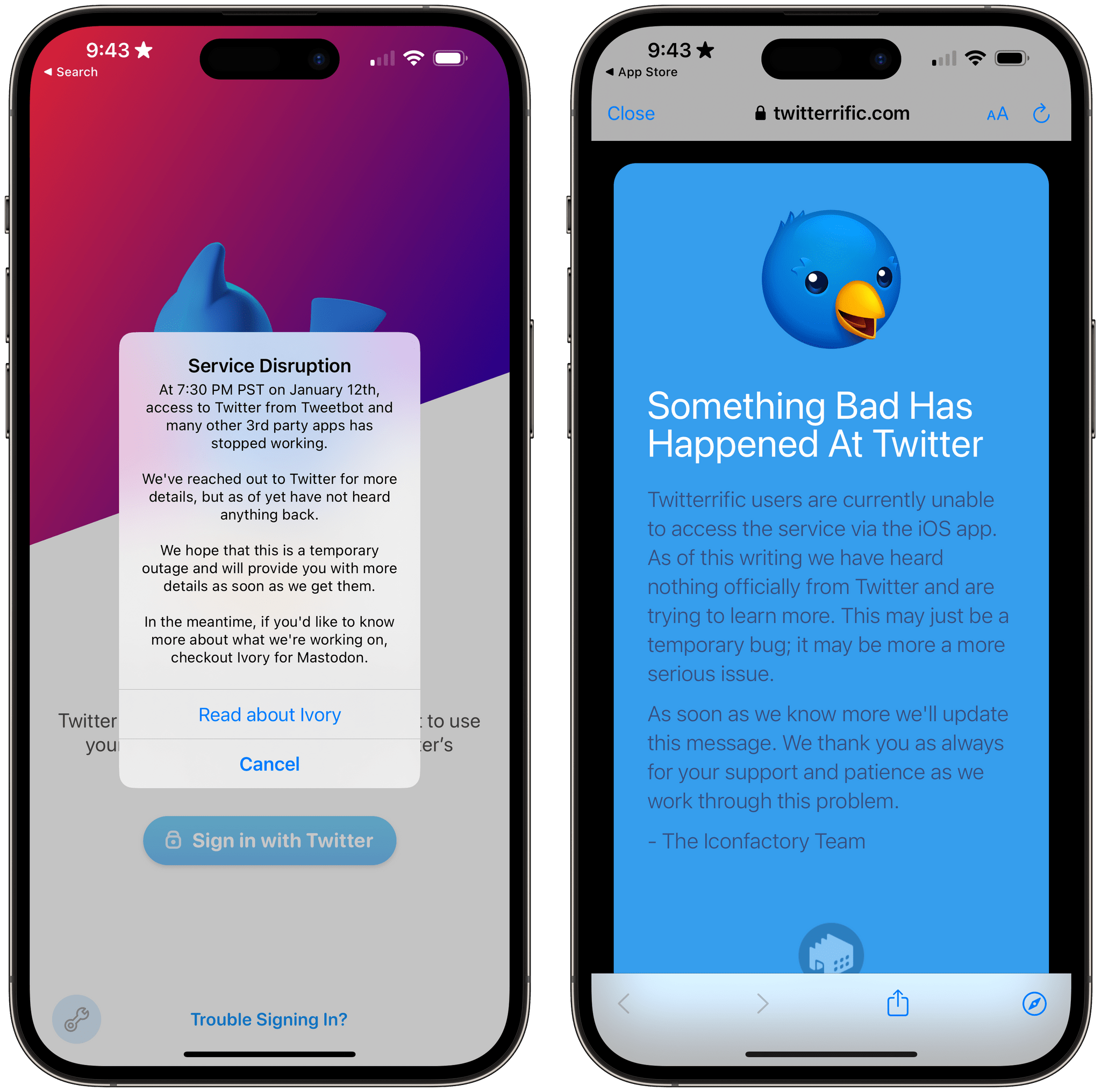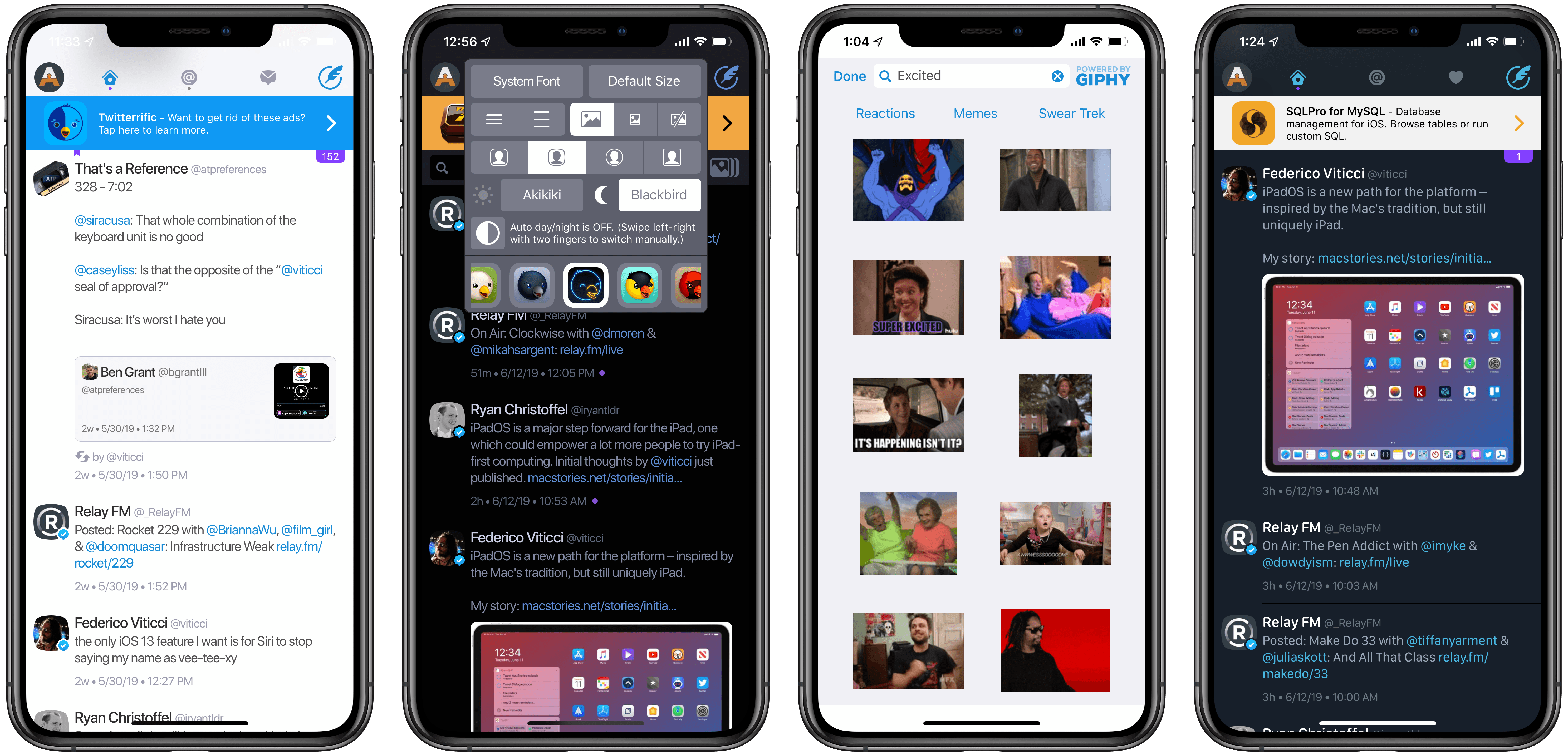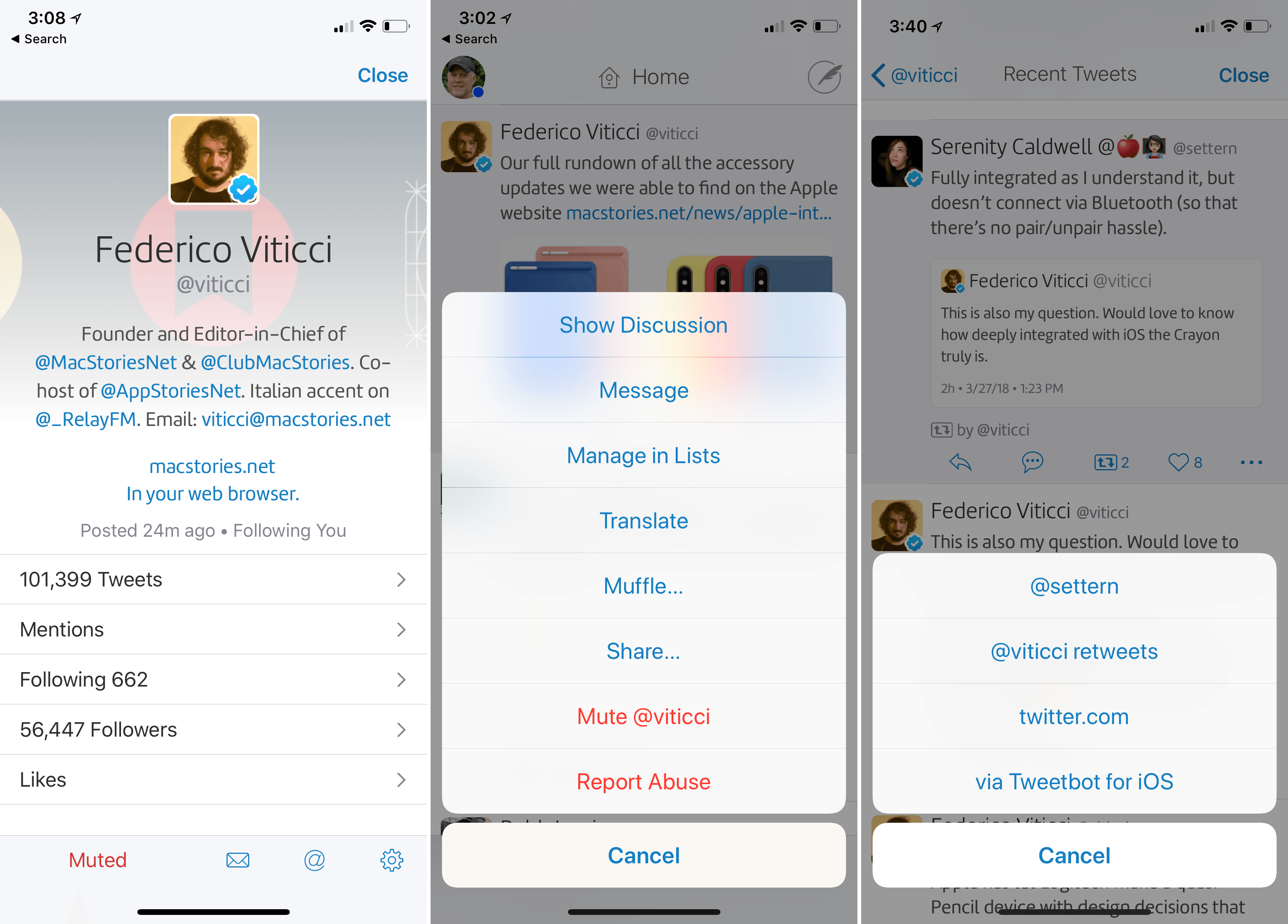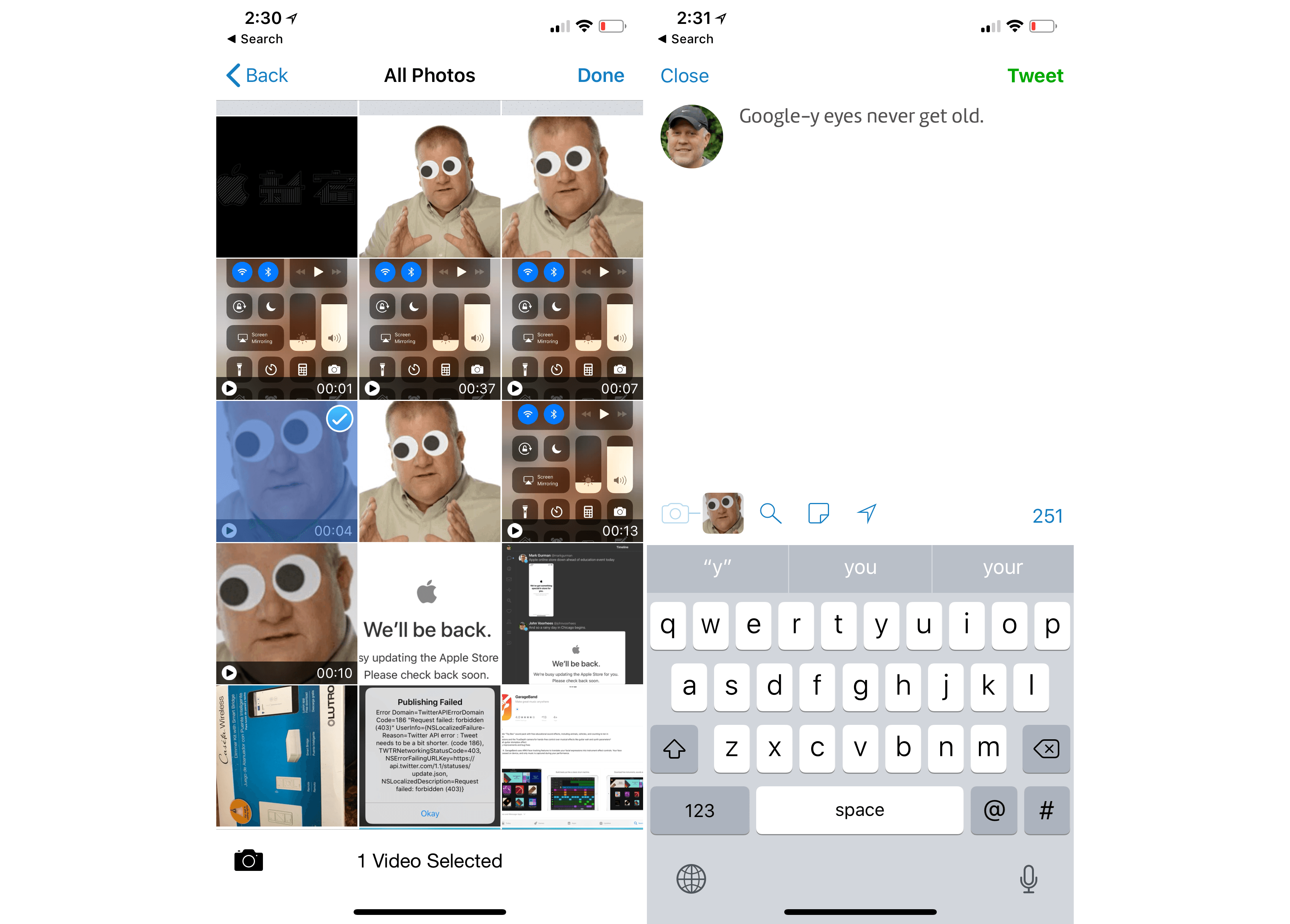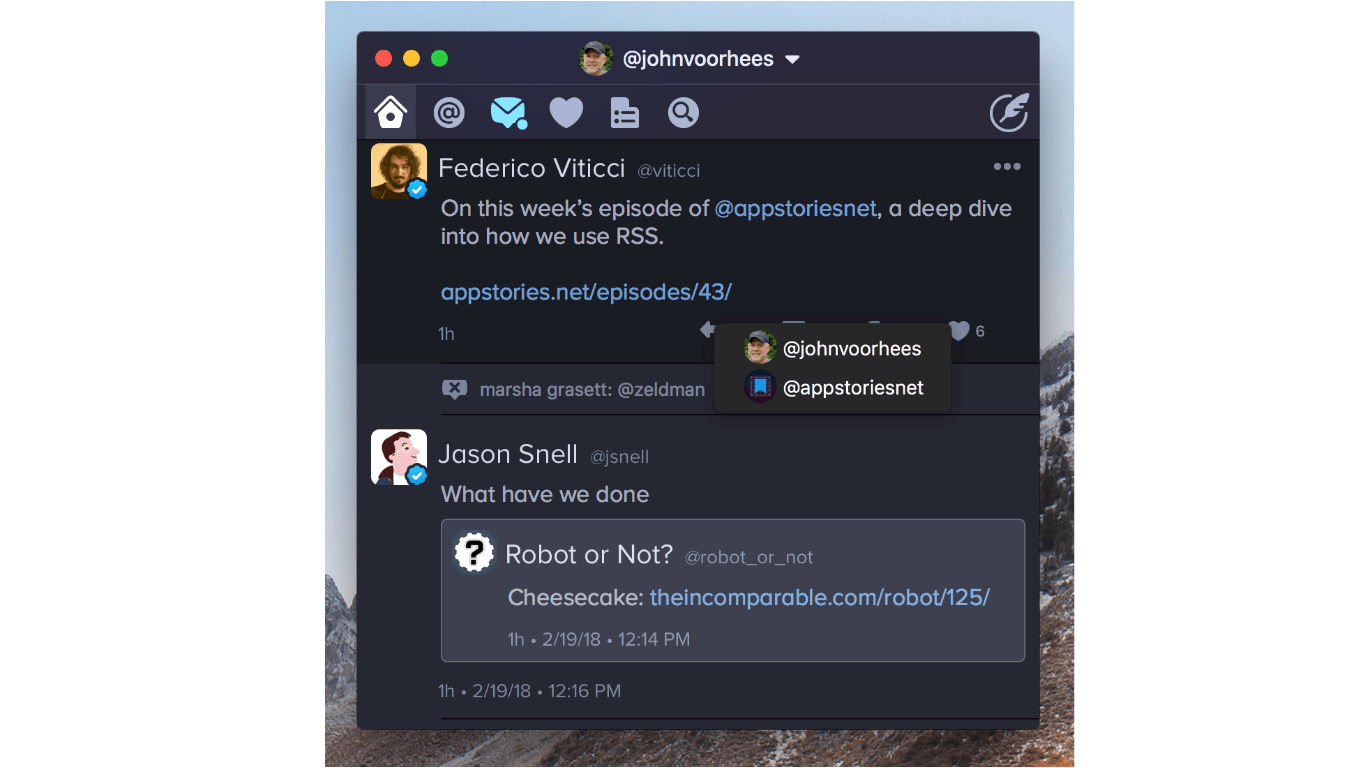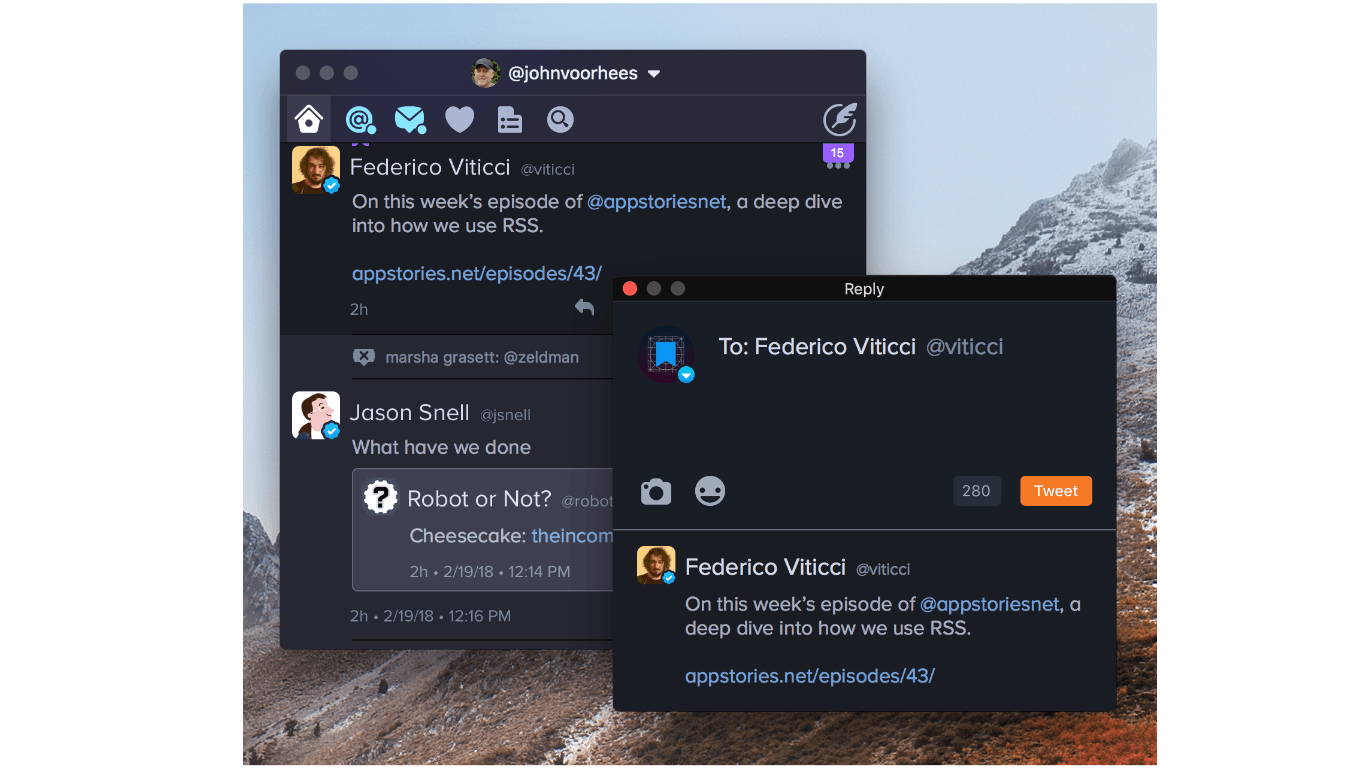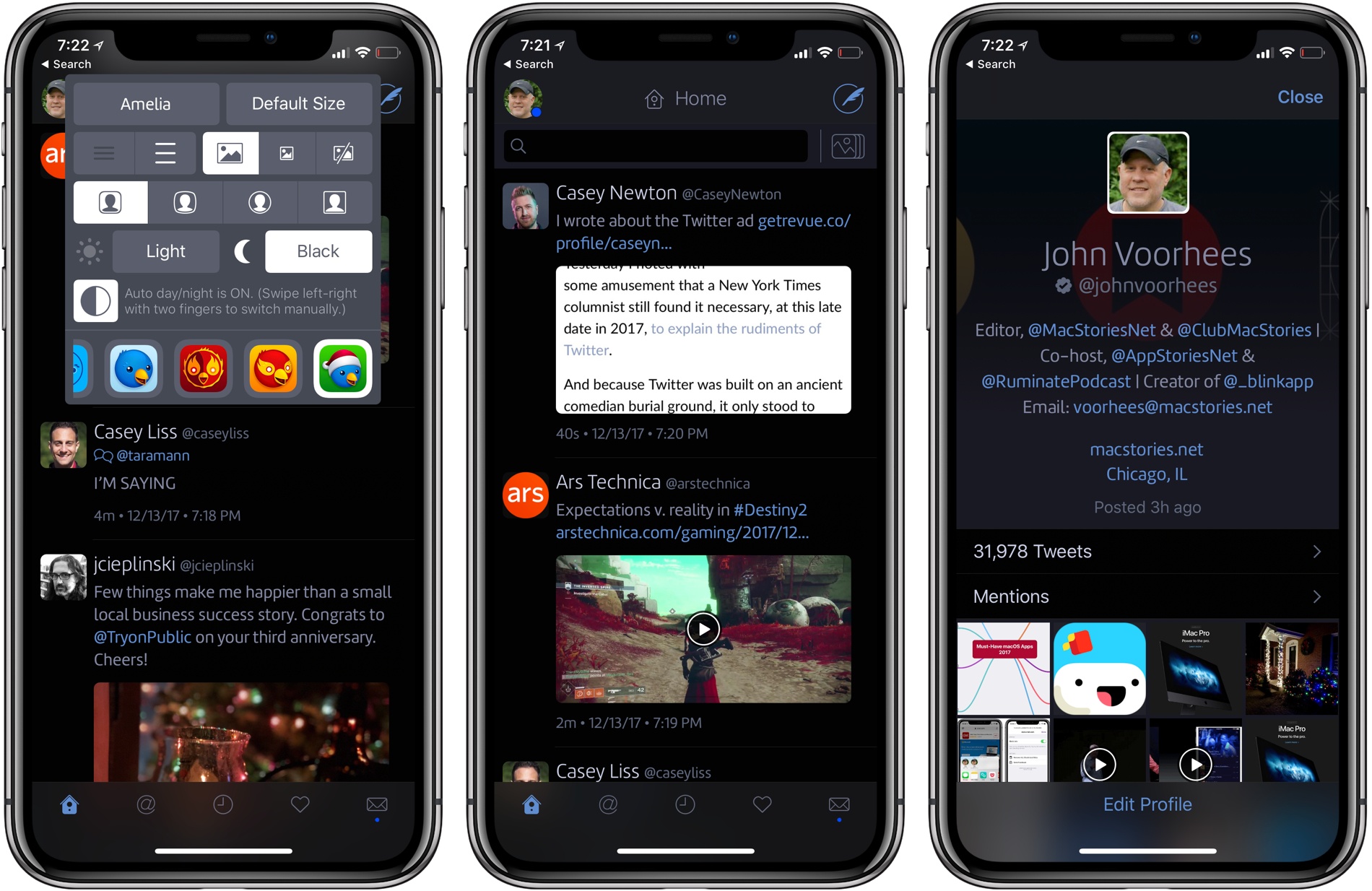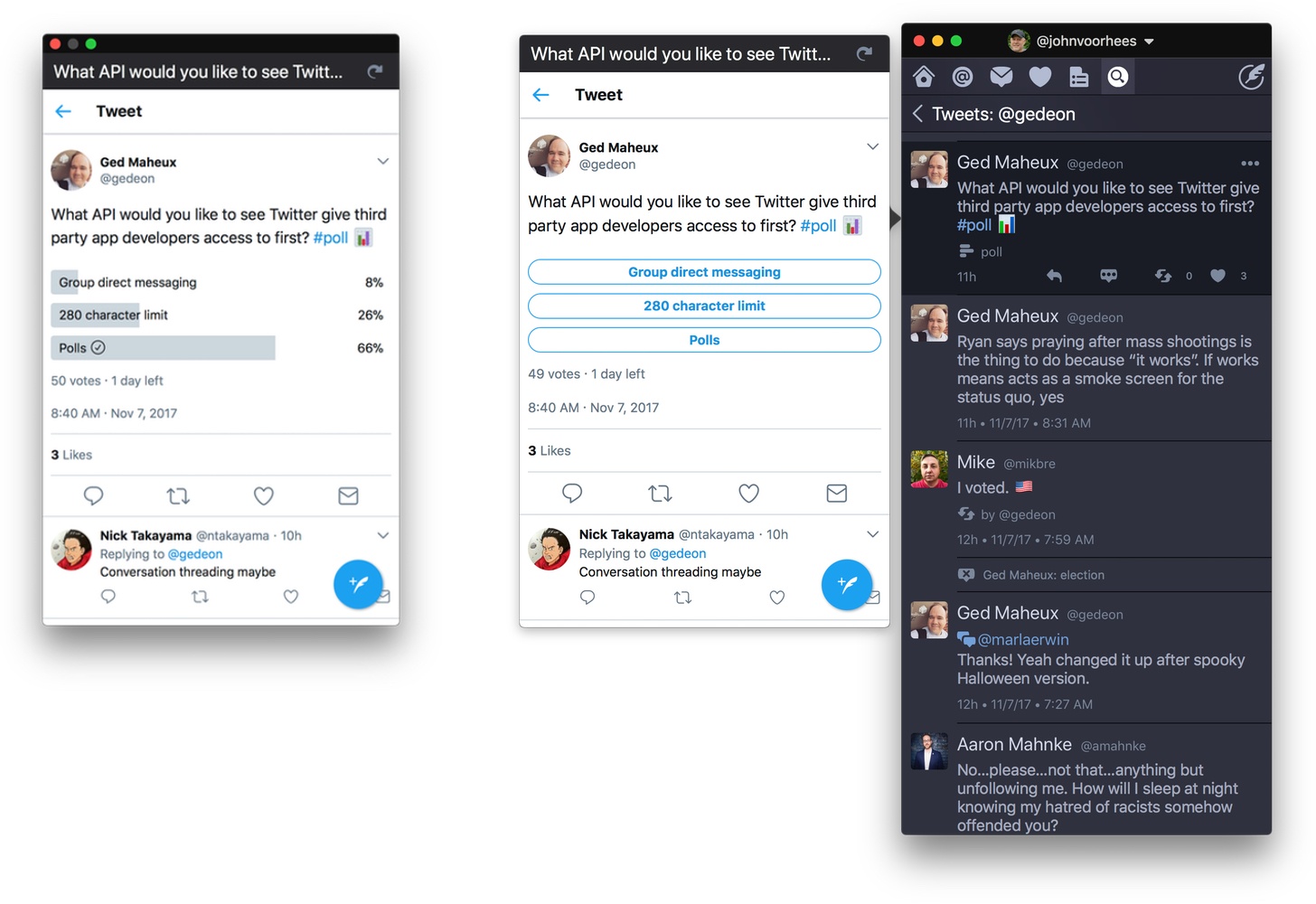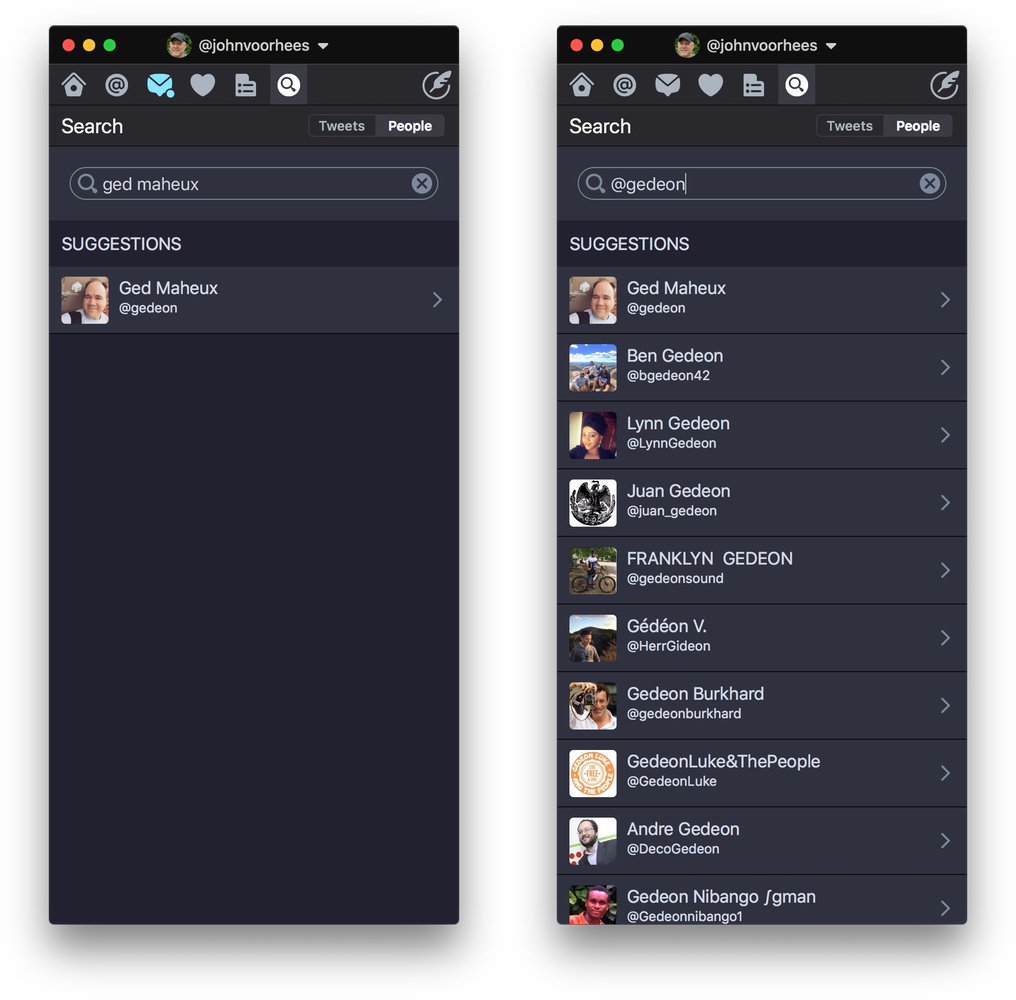Usually, when a big company shuts down an API, they give customers time to prepare. It’s the right thing to do regardless of what any terms of service say. That’s not how things went down with Twitter. Instead, as I wrote in January, Twitter eliminated access to its API for many third-party apps, including Tweetbot by Tapbots and Twitterrific by The Iconfactory, with no notice at all and then made up an excuse for why they did so after the fact. One moment the apps worked; the next, they didn’t.
The ramifications of Twitter’s actions are unlike anything we’ve ever seen before on the App Store. Tweetbot and Twitterrific were both subscription-based apps. Because they had no notice, neither company had a chance to suspend new subscriptions or take other actions to deal with a change that, under the best of circumstances, would pose massive challenges to their development teams. As a result, both Tapbots and The Iconfactory are faced with refunding the 70-85% of subscription revenues that they received on a pro-rated basis. That’s how the App Store works, and it’s potentially devastating to both companies given how events played out.
To try to mitigate the damage, both Tweetbot and Twitterrific were updated this week with new interfaces. Now, both apps give subscribers the option to indicate that they don’t want a refund. Tweetbot also offers to transfer a user’s Tweetbot subscription to Tapbots’ new Mastodon app, Ivory, which Federico recently reviewed and is excellent. If users do nothing, they’ll receive a refund that will be credited to their App Store account automatically by Apple.
Tapbots and The Iconfactory have played an important part in the Apple developer community for a very long time, and their Twitter clients were two of the best ever created. It’s been hard for us at MacStories to watch as the makers of two of our favorite apps have been treated with such callous disregard by Twitter, which owes no small portion of its past success to both apps.
If you were a subscriber to either or both apps, you’re absolutely entitled to a refund, but we’d ask that you open the app you use and tap the button to decline a refund as a final act of support for their developers instead.
The App Store’s success is built on many things, but its cornerstone is the developers who care enough to make apps like Tweetbot and Twitterrific. Many of us have moved on from Twitter, but let’s not leave behind the developers who made it a place where we once enjoyed hanging out.
If you’ve already deleted either app from your devices, both Tweetbot and Twitterrific can still be downloaded from the App Store.


